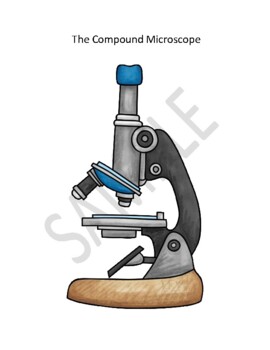Compound Microscope STEM lab
The Lesson Pony
109 Followers
Grade Levels
9th - 12th, Higher Education, Adult Education
Subjects
Resource Type
Standards
NGSSMS-LS1-2
NGSSMS-LS1-3
Formats Included
- Word Document File
Pages
6 pages
The Lesson Pony
109 Followers
Description
This lesson will teach your upper level science students how to safety use the microscope. Your high school students will also be excited to learn how to apply math concepts to determine the size of microorganisms. Students upon completion of this lab will also be able to find how the total magnification of a compound light microscope is calculated. Included in this lesson is a short read on the microscope mechanisms.. Learning how to properly use this instrument is a must for every biology student.
Total Pages
6 pages
Answer Key
N/A
Teaching Duration
55 minutes
Report this resource to TPT
Reported resources will be reviewed by our team. Report this resource to let us know if this resource violates TPT’s content guidelines.
Standards
to see state-specific standards (only available in the US).
NGSSMS-LS1-2
Develop and use a model to describe the function of a cell as a whole and ways the parts of cells contribute to the function. Emphasis is on the cell functioning as a whole system and the primary role of identified parts of the cell, specifically the nucleus, chloroplasts, mitochondria, cell membrane, and cell wall. Assessment of organelle structure/function relationships is limited to the cell wall and cell membrane. Assessment of the function of the other organelles is limited to their relationship to the whole cell. Assessment does not include the biochemical function of cells or cell parts.
NGSSMS-LS1-3
Use argument supported by evidence for how the body is a system of interacting subsystems composed of groups of cells. Emphasis is on the conceptual understanding that cells form tissues and tissues form organs specialized for particular body functions. Examples could include the interaction of subsystems within a system and the normal functioning of those systems. Assessment does not include the mechanism of one body system independent of others. Assessment is limited to the circulatory, excretory, digestive, respiratory, muscular, and nervous systems.





